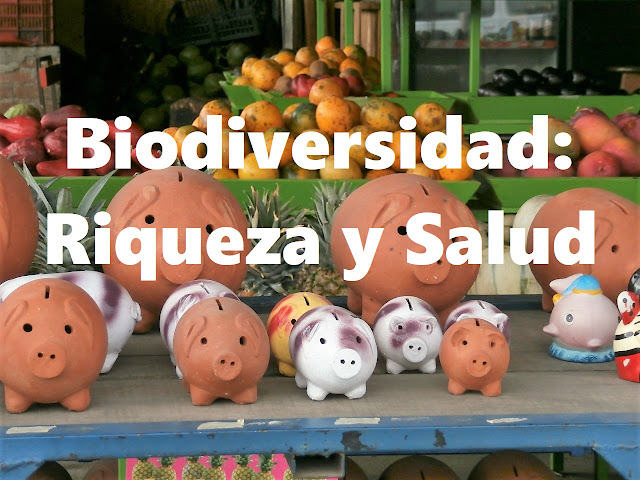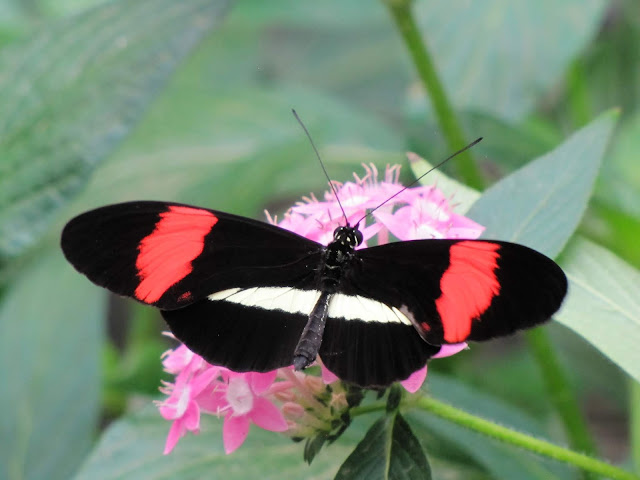Biodiversity: Wealth and Health
What is Parataxonomy?
Parataxonomy is the community monitoring of biological diversity. Parataxonomists count biodiversity in specific areas in order to implement management and conservation strategies. They explore the biodiversity in their own town, disclose the findings to make decisions. They receive practical training in fundamentals of biology, evolution, sampling, basic taxonomy, techniques of collection and conservation of samples, and data management.
Taxonomy is the science that studies principles and methods for the classification of things. Thus agronomists have soil taxonomy, which studies the classification of soils according to the composition, structure, and the ability to retain water among other characteristics. In biology, taxonomists use various methods to classify organisms. Taxonomic biologists are expert specialists in classifying organisms according to whether they are plants, fungi, animals or microbes. The purpose of this classification is to facilitate the study and recognition of organisms.
Parataxonomists collaborate with taxonomists with the collection and conservation of representative samples; they prepare the samples to deposit them in scientific or educational collections. Something very interesting is that the parataxonomst are part of a community, they live near a National Park or a Biological Reserve, they have lived in that area and they know it. So that person can communicate to his neighbors and his relatives what he finds in the countryside. When there is knowledge of biodiviersity it is easier to take care of it, because one loves what one knows and takes care of what one loves.
What Applications Does Parataxonomy Have?
The main application is to maintain and preserve biodiversity in our ecosystems. How many insects, butterflies, spiders, lizards, flowers, felines, coyotes ... are there in a region? The answer to that question provides us with information to define management plans, attract tourists, and encourage scientific and academic research.
It is essential for a factory to keep track of processed products, raw materials, equipment through an inventory. What would happen if a bakery suddenly runs out of flour? They cannot make bread and cannot sell bread to customers. If an inventory is taken, it can be foreseen at what time the flour will be lacking, or keep a constant amount of flour in the warehouses.
How do we know which organisms we should conserve? Through an inventory of biodiverisity, which allows us to know which organisms live, where they are, and how much land area they need to live. It also allows us to determine the ecosystems that exist in an area: forest, savanna, lake, riverbank, river, crops, grassland.
The ultimate goal is for society to integrate protected areas and biological corridors into their daily lives so that their conservation is perpetuated. People will realize the value these areas have, because biodiversity and ecosystems offer goods and services, which if taken advantage of without harming them, are of great productive value.
Interesting, isn't it? If you fill that this is a thing you want to do, don't hesitate to contact us sebastian@glocalade.org. Subscribe to this blog, in the future we will tell you more about this!
¿Qué es la Parataxonomía?
La parataxonomía es el monitoreo comunitario de la diversidad biológica. Los y las parataxónomas contabilizan la biodiversidad en áreas específicas con el fin de implementar estrategias de manejo y conservación. Exploran la biodiversidad en su pueblo, divulgan los hallazgos para tomar decisiones. Reciben capacitación práctica en fundamentos de biología, evolución, muestreo, taxonomía básica, técnicas de recolección y conservación de muestras, manejo de datos.
La taxonomía es la ciencia que se estudia principios y métodos para la clasificación de las cosas. Así los agrónomos tienen taxonomía de suelo, que estudia la clasificación de suelos según la composición, estructura, la capacidad de retener agua entre otras características. En biología los taxónomos utilizan diversos métodos para clasificar los organismos. Los biólogos taxónomos son expertos especialistas en clasificar los organismos según sean plantas, hongos, animales o microbios. El fin de esta clasificación es facilitar el estudio y reconocimiento de los organismos.
Los parataxónomos colaboran con los taxónomos con la recolección y conservación de muestras representativas; preparan las muestras para depositarlas en colecciones científicas o educativas. Algo muy interesante es que los y las parataxonomas son parte de una comunidad, viven cerca de un Parque Nacional o de una Reserva Biológica, han vivido en esa zona y la conocen. De manera que esa persona puede comunicar a sus vecinos y a sus parientes lo que encuentra en le campo. Cuando hay conocimiento de la biodiversidad es más fácil cuidarla, pues uno ama lo que conoce y cuida lo que ama.
¿Qué Aplicaciones Tiene?
La aplicación principal es de mantener y de preservar la biodiversidad en nuestros ecosistemas. ¿Cuántos insectos, mariposas, arañas, lagartijas, flores, felinos, coyotes...hay en una región? La respuesta a esa pregunta nos proporciona información para definir planes de manejo, atraer turistas, fomentar la investigación científica y académica.
Para una fábrica es primordial llevar un control de los productos elaborados, de las materias primas, del equipo mediante un inventario. ¿Qué pasaría si una panadería de repente se queda sin harina? No pueden hacer pan y no pueden vender pan a los clientes. Si se lleva un inventario se puede prever en qué momento va a faltar la harina, o bien mantener una cantidad constante de harina en las bodegas.
¿Cómo sabemos que organismos debemos conservar? Mediante un inventario de biodiversidad el cual permite saber cuáles organismos viven, dónde están, cuánta superficie de terreno necesitan para sobrevivir. También permite determinar los ecosistemas que hay en una zona: bosque, sabana, lago, rivera, río, cultivos, pastizal.
El objetivo último es que la sociedad integren las área protegidas y de los corredores biológicos a su vida diaria para que se perpetúe su conservación. La gente se dará cuenta del valor que tienen , pues la biodiversidad y los ecosistemas ofrecen bienes y servicios, que si se aprovechan sin causarles daño, son de un gran valor productivo.
Interesante, ¿verdad? Si usted siente que es algo que usted desea hacer no dude en contactarme al correo sebastian@glocalade.org . Suscríbase a este blog, pues más adelante en el futuro habrá más información.















Comments
Post a Comment